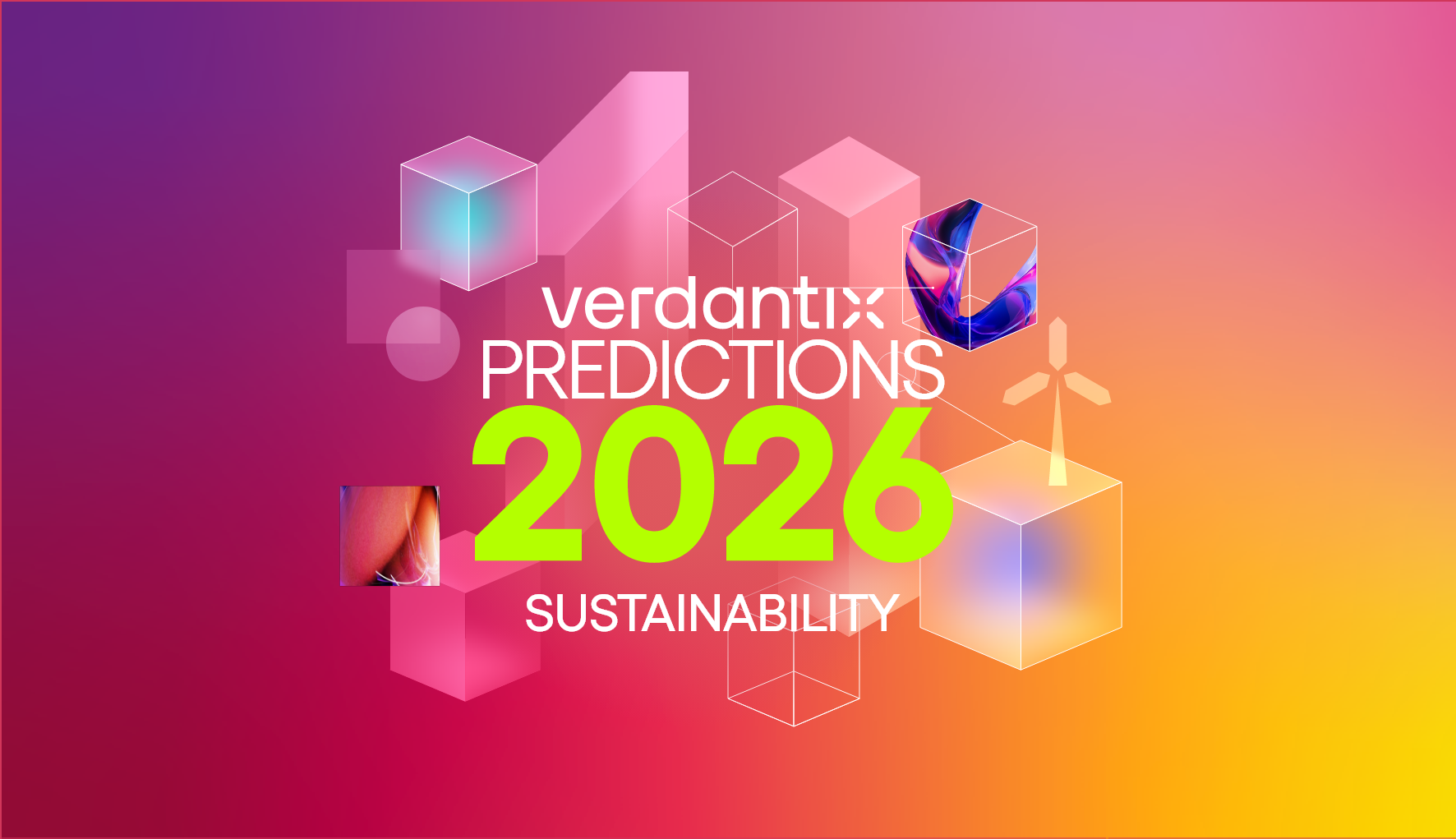BlackRock’s Larry Fink Pushing for TCFD Reporting

Guy Lewis
When the CEO of the world’s largest asset management company BlackRock speaks, people tend to listen. Regardless of pre-conceived opinions about BlackRock’s own record of sustainable investing, CEO Larry Fink’s reference to the Task Force on Climate-related Financial Disclosures (TCFD) in his annual letter to CEOs should not be taken lightly. The letter highlighted the need for firms to set short, medium and long-term greenhouse gas reductions targets and to ensure that financial reporting is consistent with TCFD requirements. The importance of the comments is as timely as ever; the ramping up of mandatory ESG disclosures across the world emphasizes the need for firms to align themselves with reporting frameworks.
Whilst the transition to net zero may well prove to be, as Fink states, ‘the greatest investment opportunity of our lifetime’, equally as important are the risks that it poses. After all, climate risk is investment risk. As such, in mentioning TCFD reporting to investee CEOs, Fink has signaled the mounting pressure to conform to climate related financial disclosures, with or without mandatory requirements in place. The issue is certainly on the radar of the C-suite; Verdantix research found that 32% of respondents to the Global Corporate ESG Survey 2021: Adoption Drivers By Region cite climate change policy developments as the most significant factor increasing their firms’ engagement with matters of sustainability. The overdue United States Securities and Exchange Commission’s (SEC) climate disclosure rules, which will be looming over firms less equipped to report their disclosures, will only increase the impetus. We expect to see the SEC’s proposal align with the TCFD framework, meaning that firms who put in the leg work now will be better positioned come 2023. (See Strategic Focus: Mastering TCFD Disclosures).
Setting ambitious, but ambiguous net zero targets by 2050 is not sufficient to develop an effective pathway to carbon neutrality. Fink’s letter exposes the equal importance for firms to set time-based targets for greenhouse gas reductions. Sound familiar? Outlining a clear pathway is a key component of the Science Based Targets initiative (SBTi) Net-Zero Standard, requiring a mandatory abatement goal of no more than 10 years into the future. Imperative to firms’ ability to report successfully on their disclosures, with very real and target-based timeframes, is investment-grade data and integrated reporting frameworks. To make the process more manageable, firms should look closely at market-leading technology offerings that will carry the burden of data consolidation and streamline the process of reporting, be it the TCFD, CDP or GRI. (See Smart Innovators: Corporate ESG & Sustainability Software).
It is hardly surprising that the world’s largest asset manager is calling on its investee CEOs to disclose, amongst other things, their exposure to climate related risk. Asset managers are significant stakeholders in the TCFD and can pave the way for others to follow suit. BlackRock may not be the climate police, but the firm still carries enough weight to act as a market force. The message to firms is clear; align with reporting standards now and make use of the technology solutions available to do so.
About The Author

Guy Lewis
Industry Analyst





